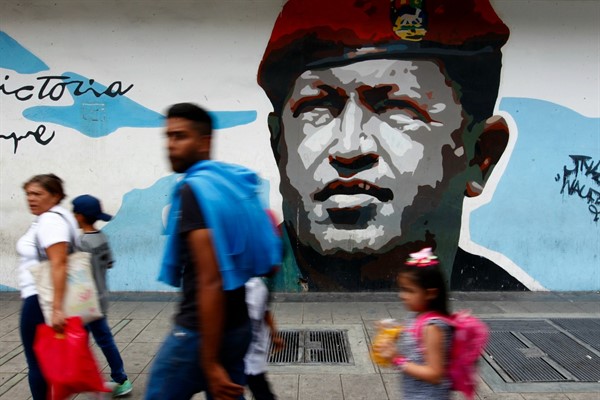Over the past two decades, perhaps no region of the world has seen such a dramatic reversal of fortune as South America. Beginning in 1999, a political shift to the left combined with an economic boom allowed governments across the continent to make dramatic inroads in the fight against poverty. The region’s transformation was held up as a model of what governments can achieve when they make addressing inequality a central priority. But beginning in 2013, the end of the commodities boom led to slowed growth and, in some cases, political instability, calling into question the sustainability of the previous decade’s gains.
In today’s big picture Trend Lines interview, Frida Ghitis joins WPR’s editor-in-chief, Judah Grunstein, to discuss the changes the past two decades have brought to South America, and where they leave the region today as it faces long-standing challenges exacerbated by the fallout from the coronavirus pandemic. Frida is a contributing columnist at The Washington Post, as well as a frequent on-air analyst and commentator on several radio and television outlets, including CNN and CNN en Espanol. She has been a WPR contributor since 2006, and her weekly column appears every Thursday. You can sign up for her weekly newsletter, Insight by Frida Ghitis. Click here to read a transcript of an excerpt from the interview.
Listen:
Download: MP3
Relevant Articles on WPR:
How Biden Would Change U.S. Policy in Latin America
Latin America’s Anti-Corruption Drive Has Stalled at the Worst Possible Time
The Crisis in Bolivia Roils a Rapidly Changing Latin America
If Chile Can Erupt Over Inequality, Anywhere Can
South America Is at a Turning Point, but the ‘Pink Tide’ Isn’t Coming Back
Trend Lines is produced and edited by Peter Dörrie, a freelance journalist and analyst focusing on security and resource politics in Africa. You can follow him on Twitter at @peterdoerrie.
To send feedback or questions, email us at podcast@worldpoliticsreview.com.




